- SIGHT SIZE DRAWING
- COLOR PRACTICE
Color Practice is a color puzzle, where the task in each puzzle is to rearrange a color chart back into its original order. The below picture shows an example of color charts for an yellow/orange hue:
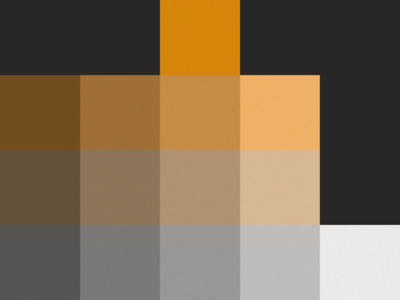
These colors have an order: Dark colors are to the left, light colors to the right, and each column represent a constant lightness. In the vertical direction, the bottom row shows gray colors. The lower part contains muted colors (=very gray yellows), and each row upwards represents an increase in colorfulness. To better see these properties in the color chart, it can be helpful to cover the chart so that only two nearby colors are visible at a time.
After being shuffled, the color chart might look something like this:
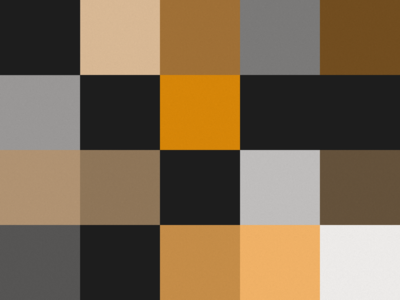
To solve this puzzle, the colored pieces can be dragged around like pieces of paper. The only exceptions are the bottom left and right pieces (the darkest and lightest grays). These are locked and can not be moved.
Hints and Strategy
A good first strategy is to begin with the bottom row and work upwards row by row. To solve the bottom row, one needs to find all the gray colors and order them according to their lightness.

The next step is to find the most muted colors (the most gray yellows) and order them on the second row from the bottom. This is a bit more challenging since each column in the chart should have a constant lightness. Therefore new colors on the second row must match the lightness of the colors already on the bottom row.
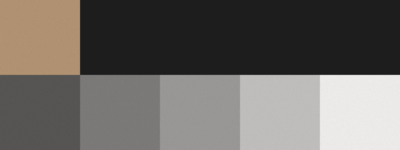
Move right: The new color is lighter than the underlying gray.
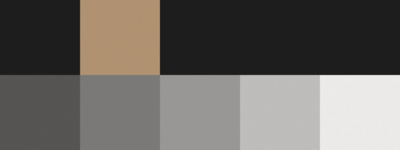
Move right: The new color is lighter than the underlying gray.
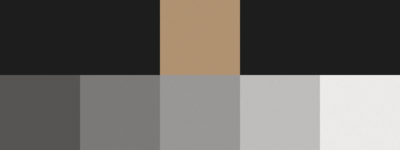
Correct: The new color matches the lightness of the underlying gray.
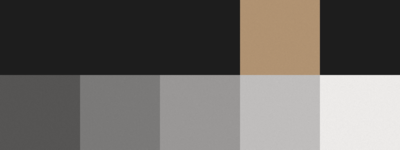
Move left: The new color is darker than the underlying gray.
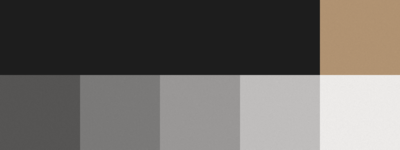
Move left: The new color is darker than the underlying gray.
To judge lightness it can help to squint so that the colors become blurred. When comparing two colors it is also best to drag them so that they either overlap or are next to each another. Comparing colors at a distance is not reliable.

After the second row is in place (as in the above picture), the remaining rows can be solved in the same way as the second row.
The demo video illustrates some of these ideas.